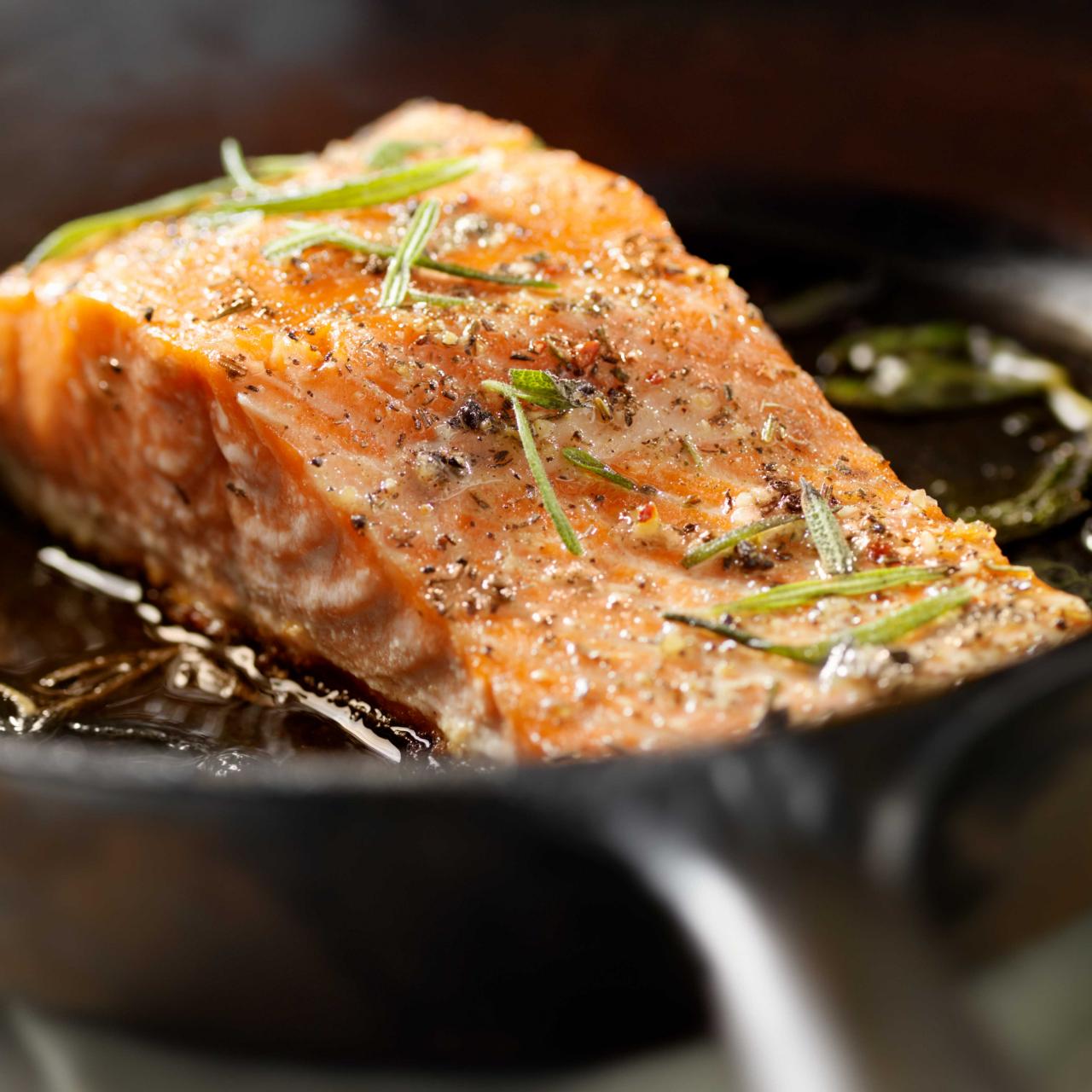

Articles
How Do You Cook Salmon On The Stove Top
Modified: August 16, 2024
Discover delicious and healthy ways to cook salmon on the stove top with our informative articles. Perfect for seafood lovers looking for simple and flavorful recipes.
(Many of the links in this article redirect to a specific reviewed product. Your purchase of these products through affiliate links helps to generate commission for Storables.com, at no extra cost. Learn more)
Introduction
Welcome to the world of cooking salmon on the stove top! Whether you’re a seafood enthusiast or simply looking for a delicious and nutritious meal, cooking salmon on the stove top is a versatile and convenient option. Not only does it require minimal preparation and cooking time, but it also allows you to infuse the salmon with your favorite flavors and achieve a perfect, moist texture.
In this article, we will guide you through the process of cooking salmon on the stove top, providing you with different methods and techniques to suit your preferences. From pan-searing to poaching, grilling to broiling, and steaming to baking, there are numerous ways to create a mouthwatering salmon dish that will satisfy your taste buds.
Before we dive into the cooking techniques, let’s first discuss the importance of choosing the right salmon for your stove-top cooking adventure.
Key Takeaways:
- Elevate your stove-top salmon game by choosing the right type, preparing it with flavorful seasonings, and mastering various cooking techniques for a delightful dining experience.
- Embrace the versatility of stove-top cooked salmon, from pan-searing to poaching, and savor each flavorful bite with creative garnishes, complementary sides, and innovative leftover ideas.
Read more: How Do You Cook Scallops On The Stove Top
Choosing the Right Salmon
Choosing the right type of salmon is crucial to ensure the success of your stove-top cooking. Here are a few factors to consider when selecting your salmon:
- Freshness: Look for salmon that is fresh and has a vibrant color. The flesh should be firm and should not have a strong fishy smell.
- Wild-caught vs. Farmed: Determine whether you prefer wild-caught or farmed salmon. Wild-caught salmon is known for its rich flavor and firm texture, while farmed salmon tends to be more mild in flavor with a softer texture.
- Skin-on vs. Skinless: Decide whether you want the salmon with the skin still intact or if you prefer it to be filleted and skinless. Cooking salmon with the skin can help retain moisture and prevent sticking, while skinless salmon is easier to prepare and eat.
- Cuts of Salmon: Consider the different cuts available, such as fillets or steaks. Fillets are boneless and offer a uniform thickness, while steaks have a cross-section of the fish and may contain bones.
When purchasing salmon, it’s recommended to buy from a reputable fishmonger or a trusted source to ensure the quality and sustainability of the fish. Now that you’ve selected your salmon, let’s move on to preparing it for cooking.
Preparing the Salmon
Before you start cooking your salmon on the stove top, it’s important to properly prepare it. Follow these steps to ensure that your salmon is ready to be cooked:
- Thawing: If you’re using frozen salmon, make sure to thaw it in the refrigerator overnight or under cold running water. Ensure that the salmon is completely thawed before cooking.
- Trimming: Inspect the salmon fillets or steaks for any pin bones, which are small needle-like bones that can be found along the center of the fillet. Use a pair of kitchen tweezers or pliers to carefully remove any visible bones.
- Rinsing: Rinse the salmon under cold water to remove any residual scales or debris.
- Patting Dry: Gently pat the salmon dry using paper towels. This will help remove excess moisture, allowing the seasonings to adhere better to the fish.
Now that your salmon is prepared, it’s time to choose the seasonings that will bring out its delicious flavors.
Seasoning Options
Seasoning plays a crucial role in enhancing the flavor profile of your stove-top cooked salmon. Here are some popular seasoning options to consider:
- Simple Salt and Pepper: Sometimes, simplicity is key. Season the salmon with a generous sprinkle of salt and pepper on both sides to bring out its natural flavors.
- Herb Blend: Create a tantalizing herb blend by combining herbs like dill, parsley, thyme, and rosemary. This imparts a fresh and aromatic taste to the salmon.
- Citrus Zest: Grate some lemon, lime, or orange zest over the salmon for a burst of vibrant citrus flavor.
- Garlic and Onion: Add depth of flavor by incorporating minced garlic and finely chopped onion into your seasoning mix.
- Asian-inspired: If you’re looking for a unique twist, try using soy sauce, ginger, and sesame oil to infuse an Asian-inspired flavor into your salmon.
Feel free to experiment with different combinations of seasonings to find your perfect flavor profile. Once your salmon is seasoned, it’s time to choose the cooking technique that suits your taste preferences.
Cooking Techniques
There are various methods to cook salmon on the stove top, each offering a unique flavor and texture. Here are five popular cooking techniques to choose from:
- Method 1: Pan-Seared Salmon: This method involves cooking the salmon in a hot skillet with some oil. The result is a crispy exterior and a moist, flaky interior.
- Method 2: Poached Salmon: Poaching involves gently simmering the salmon in a flavorful broth or liquid. This method produces a tender and delicate texture.
- Method 3: Grilled Salmon: A stove-top grill pan can be used to mimic the flavors of outdoor grilling. The salmon develops a smoky taste and attractive grill marks.
- Method 4: Broiled Salmon: Broiling involves cooking the salmon under high heat, resulting in a caramelized crust and juicy flesh.
- Method 5: Steamed Salmon: Steaming is a gentle and healthy cooking technique that preserves the natural flavors of the salmon while keeping it moist and tender.
Each method has its own advantages and can be chosen based on personal preference and desired results. Now, let’s explore each cooking technique in more detail.
Method 1: Pan-Seared Salmon
Pan-seared salmon is a classic cooking technique that results in a beautifully browned and flavorful crust on the outside, while keeping the inside moist and tender. Here’s how to pan-sear salmon:
- Season the salmon: Start by seasoning the salmon fillets with salt, pepper, and any additional herbs or spices of your choice.
- Heat the skillet: Place a skillet over medium-high heat and add a drizzle of oil. Allow the oil to heat up before adding the salmon.
- Place the salmon in the skillet: Carefully place the seasoned salmon fillets, skin-side down, into the hot skillet. Be cautious to avoid any splattering hot oil.
- Cook the salmon: Let the salmon cook undisturbed for about 4-5 minutes, or until the bottom side develops a golden-brown crust. Flip the fillets over and cook for an additional 2-3 minutes, or until the salmon is cooked to your desired level of doneness.
- Serve and enjoy: Remove the pan-seared salmon from the skillet and transfer it to a serving plate. Garnish with fresh herbs or a squeeze of lemon juice, if desired, and serve hot.
Remember, the cooking time may vary depending on the thickness of the salmon fillets. It’s important to pay attention to the cooking process to ensure the salmon is perfectly cooked but not overdone.
Pan-seared salmon pairs well with a variety of side dishes, such as roasted vegetables, steamed rice, or a fresh salad. It’s a versatile cooking method that allows you to be creative with your seasoning choices and experiment with different flavors. Now, let’s move on to the next cooking technique.
Method 2: Poached Salmon
Poaching salmon is a gentle and moist cooking method that results in a tender and flavorful fish. The poaching liquid infuses the salmon with subtle flavors while keeping it moist and delicate. Here’s how to poach salmon:
- Prepare the poaching liquid: Start by preparing a flavorful poaching liquid. This can be as simple as water seasoned with salt and pepper or a combination of broth, herbs, and aromatics.
- Bring the poaching liquid to a simmer: Place the poaching liquid in a large skillet or shallow pan and bring it to a gentle simmer over medium heat.
- Add the salmon: Carefully place the salmon fillets into the simmering liquid, making sure they are fully submerged. You can keep the skin on or remove it according to your preference.
- Poach the salmon: Let the salmon cook, uncovered, in the poaching liquid for about 10-15 minutes, or until it reaches your desired level of doneness. The salmon is done when it flakes easily with a fork.
- Remove and serve: Using a slotted spatula or tongs, carefully lift the poached salmon from the liquid and transfer it to a serving plate. Gently pat dry with a paper towel, if necessary.
Poached salmon can be enjoyed warm or chilled and is a versatile addition to a variety of dishes. Serve it alongside steamed vegetables, on a bed of rice or pasta, or flake it to use in salads or sandwiches. The delicate flavor of poached salmon pairs well with light sauces, citrus dressings, or herb-infused oils.
Now that you’ve mastered the art of poaching salmon, let’s explore another popular cooking technique: grilling.
When cooking salmon on the stove top, make sure to preheat your pan before adding the salmon to ensure a nice sear. Also, avoid moving the salmon around too much to allow for a crispy crust to form.
Method 3: Grilled Salmon
Grilling salmon on the stove top gives it a smoky char and imparts a delicious grilled flavor. While it may not be exactly the same as grilling outdoors, a stove-top grill pan can still achieve excellent results. Here’s how to grill salmon on the stove top:
- Preheat the grill pan: Place a grill pan on the stove top and preheat it over medium-high heat. Allow the pan to get hot before adding the salmon.
- Season the salmon: Season the salmon fillets with salt, pepper, and any other desired spices or herbs.
- Brush the grill pan with oil: Lightly brush the hot grill pan with some cooking oil to prevent the salmon from sticking.
- Place the salmon on the grill pan: Carefully place the seasoned salmon fillets on the grill pan, skin-side down.
- Cook the salmon: Grill the salmon for about 4-5 minutes on each side, or until it is cooked to your desired level of doneness. The salmon should easily release from the pan and have attractive grill marks.
- Remove and serve: Use a spatula to carefully remove the grilled salmon from the pan and transfer it to a serving dish. Let it rest for a few minutes before serving.
Grilled salmon pairs well with a wide range of side dishes, such as grilled vegetables, quinoa, or a fresh salad. You can also drizzle it with a squeeze of lemon juice or serve it with a tangy yogurt-based sauce for added flavor. The smoky, charred taste of grilled salmon is always a hit, making it a fantastic choice for any meal.
Now that you’ve learned how to grill salmon on the stove top, let’s explore another cooking technique: broiling.
Method 4: Broiled Salmon
Broiling salmon on the stove top is a quick and easy cooking method that produces a caramelized crust and moist interior. The intense heat from the broiler creates a beautiful contrast of textures and flavors. Here’s how to broil salmon:
- Preheat the broiler: Adjust the oven rack to the highest position and preheat the broiler on high heat.
- Prepare the salmon: Season the salmon fillets with salt, pepper, and any desired herbs or spices.
- Line the baking sheet: Place a baking sheet or broiler pan with a wire rack on it. Line the pan with aluminum foil or parchment paper for easy cleanup.
- Place the salmon on the baking sheet: Arrange the seasoned salmon fillets on the prepared baking sheet, skin-side down.
- Broil the salmon: Place the baking sheet with the salmon under the broiler for about 6-8 minutes, or until the top is golden and the salmon is cooked through. Keep a close eye on it to prevent burning.
- Remove and serve: Carefully remove the broiled salmon from the oven and transfer it to a serving platter. Allow it to rest for a few minutes before serving.
Broiled salmon is incredibly versatile and can be served with various accompaniments. It pairs well with roasted vegetables, mashed potatoes, or a fresh salad. You can also drizzle the salmon with a flavorful sauce or serve it alongside a tangy salsa for added brightness. The crispy exterior and juicy interior make broiled salmon a delightful choice for a quick and satisfying meal.
Now that you’ve learned how to broil salmon on the stove top, let’s explore the final cooking technique: steaming.
Method 5: Steamed Salmon
Steaming salmon on the stove top is a healthy and gentle cooking method that helps to retain the natural flavors and moisture of the fish. Steamed salmon turns out tender, juicy, and perfectly cooked every time. Here’s how to steam salmon:
- Prepare the steamer: Fill a large pot with a few inches of water and place a steamer basket or insert inside. Make sure the water level is below the bottom of the steamer basket.
- Season the salmon: Season the salmon fillets with salt, pepper, and any desired herbs or spices.
- Place the salmon in the steamer: Carefully place the seasoned salmon fillets in the steamer basket, making sure they are not overcrowded.
- Cover and steam: Cover the pot with a lid and bring the water to a boil over medium heat. Once the water is boiling, reduce the heat to a simmer and let the salmon steam for about 8-10 minutes, or until it is opaque and flakes easily with a fork.
- Remove and serve: Using tongs or a spatula, carefully remove the steamed salmon from the basket and transfer it to a serving dish. It’s now ready to be enjoyed!
Steamed salmon is a delicate canvas that pairs well with a variety of flavors. Serve it with steamed vegetables, rice, or quinoa for a healthy and balanced meal. You can also drizzle the salmon with a light citrus sauce or top it with a tangy vinaigrette to complement its mild, moist texture. Steaming is an excellent option for those seeking a simple and healthy way to cook salmon on the stove top.
Now that you’re familiar with five different cooking techniques for stove-top salmon, it’s time to explore some tips that will help you create a delicious and enjoyable dining experience.
Tips for Stove-Top Cooking
Here are some helpful tips to ensure successful stove-top cooking for your salmon:
- Choose the right pan: Use a heavy-bottomed skillet or a grill pan for pan-searing or grilling. For poaching or steaming, a wide saucepan with a steamer basket or insert works well.
- Preheat the pan: Make sure the pan is properly preheated before adding the salmon. This helps to achieve a seared or grilled crust and prevents the fish from sticking.
- Control the heat: Adjust the heat as needed throughout the cooking process to prevent burning or overcooking. Medium to medium-high heat is generally sufficient for most stove-top cooking techniques.
- Use proper oil: Choose an oil with a high smoke point, such as canola, vegetable, or avocado oil, for pan-searing or grilling. This prevents the oil from breaking down and smoking during cooking.
- Don’t overcrowd the pan: Leave enough space between the salmon fillets or pieces to ensure even cooking. Overcrowding can lead to steaming instead of searing, which affects texture and flavor.
- Practice safety: Be careful when working with hot pans and oil. Use oven mitts or pot holders to protect your hands and keep a fire extinguisher nearby as a precaution.
- Monitor cooking time: Keep an eye on the cooking time to avoid overcooking the salmon. The cooking time will vary based on the thickness of the fillets or steaks.
- Trust your senses: Pay attention to the appearance, smell, and texture of the salmon while cooking. Look for a golden-brown crust, a pleasant aroma, and easily flaked flesh to determine doneness.
- Allow for resting time: Once the salmon is cooked, let it rest for a few minutes before serving. This allows the juices to redistribute and ensures a moist and flavorful final result.
By following these tips, you’ll be well on your way to preparing delicious stove-top cooked salmon that will impress your family and friends.
Now that you have the knowledge and techniques to cook salmon on the stove top, let’s move on to the next section: serving and enjoying your flavorful creation.
Serving and Enjoying Your Salmon
Once your stove-top cooked salmon is ready, it’s time to present it beautifully and savor every bite. Here are some ideas for serving and enjoying your salmon:
- Garnish with fresh herbs: Sprinkle some fresh herbs like dill, parsley, or chives on top of the salmon for an added burst of flavor and visual appeal.
- Add a squeeze of citrus: Squeeze some lemon, lime, or orange juice over the salmon just before serving to brighten the flavors.
- Create a delicious sauce: Prepare a tangy sauce to accompany your salmon, such as a creamy dill sauce, a zesty citrus glaze, or a spicy garlic aioli.
- Pair with complementary sides: Serve your salmon with a side of your choice, such as roasted vegetables, steamed asparagus, herbed rice, or a refreshing salad.
- Embrace the versatility: Transform your stove-top cooked salmon into tacos, wraps, or sandwiches by flaking it and stuffing it into your favorite bread or tortillas.
- Enjoy leftovers in creative ways: If you have any leftover salmon, repurpose it into a delicious salad, pasta topping, or a flavorful addition to omelets or frittatas. The possibilities are endless!
- Savor each bite: Take the time to enjoy the flavors, textures, and aroma of your perfectly cooked salmon. Share the meal with loved ones or savor it as a fulfilling solo dining experience.
Remember, the key to savoring your stove-top cooked salmon is to appreciate the quality and effort that went into preparing it. Whether you’re enjoying it as a quick weeknight dinner or serving it at a special gathering, the flavorful and nutritious nature of salmon is sure to satisfy your palate.
Now that you’ve mastered the art of cooking and enjoying salmon on the stove top, it’s time to put your skills to the test and create your own delicious recipes. Have fun experimenting with flavors and techniques to make each salmon dish uniquely yours!
By following these guidelines and tips, you can cook salmon on the stove top like a pro. So go ahead, embrace the versatility of this wonderful fish, and enjoy the delightful experience of stove-top cooked salmon!
img:photo_source
Conclusion
Cooking salmon on the stove top opens up a world of culinary possibilities. With different methods and techniques to choose from, you can easily create a flavorful and satisfying meal right in your own kitchen. Whether you prefer the crispy sear of pan-seared salmon, the delicate tenderness of poached salmon, the smoky char of grilled salmon, the caramelized crust of broiled salmon, or the gentle steam of steamed salmon, there is a stove-top cooking technique to suit every palate.
Choosing the right salmon, preparing it properly, and selecting the perfect seasonings are important steps in ensuring a delightful cooking experience. Each cooking technique brings its own unique flavors and textures to the table, allowing you to explore different culinary possibilities. Remember to follow the tips and guidelines provided to achieve excellent results and savor the full potential of your stove-top cooked salmon.
Once your salmon is cooked to perfection, the fun begins with serving and enjoying your creation. Whether you opt for a simple garnish of fresh herbs, a squeeze of citrus, or a flavorful sauce, make sure to pair your salmon with complementary sides to create a balanced and satisfying meal. Embrace the versatility of salmon and enjoy it in various forms, from tacos to sandwiches, and get creative with leftovers to elevate your culinary repertoire.
Cooking and enjoying salmon on the stove top is an art that allows you to explore your culinary skills and create memorable dining experiences. Whether you’re cooking for yourself or entertaining guests, stove-top cooked salmon is sure to impress with its rich flavors, moist texture, and health benefits.
So, grab your skillet, heating appliance, or pot and get ready to embark on a culinary adventure with stove-top cooked salmon. With patience, attention to detail, and a pinch of creativity, you’ll be able to create delicious and satisfying salmon dishes that will have your taste buds dancing with delight.
Now, it’s time to turn on the stove, gather your ingredients, and let the aroma of savory salmon fill your kitchen. Happy cooking!
Frequently Asked Questions about How Do You Cook Salmon On The Stove Top
Was this page helpful?
At Storables.com, we guarantee accurate and reliable information. Our content, validated by Expert Board Contributors, is crafted following stringent Editorial Policies. We're committed to providing you with well-researched, expert-backed insights for all your informational needs.
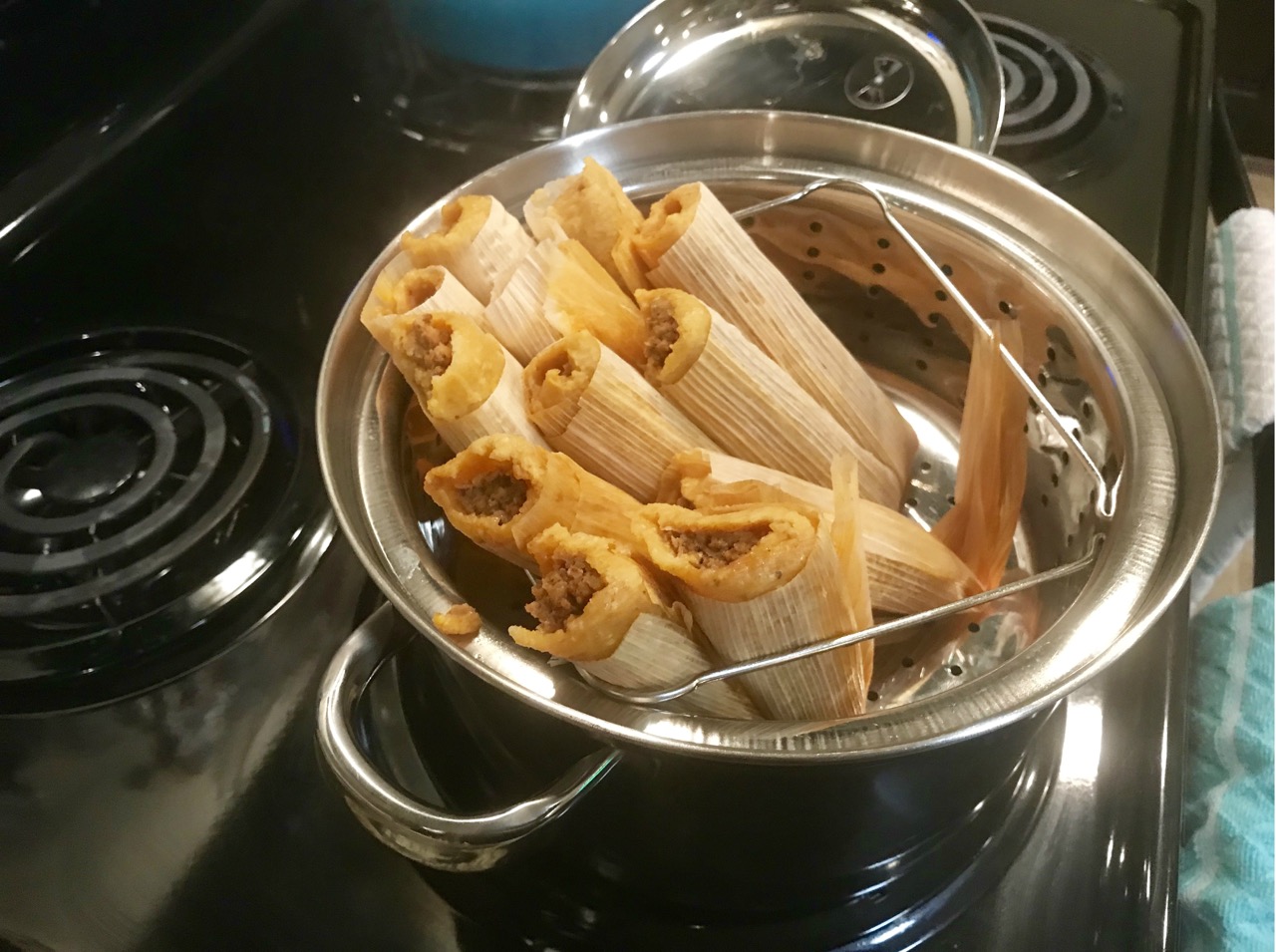
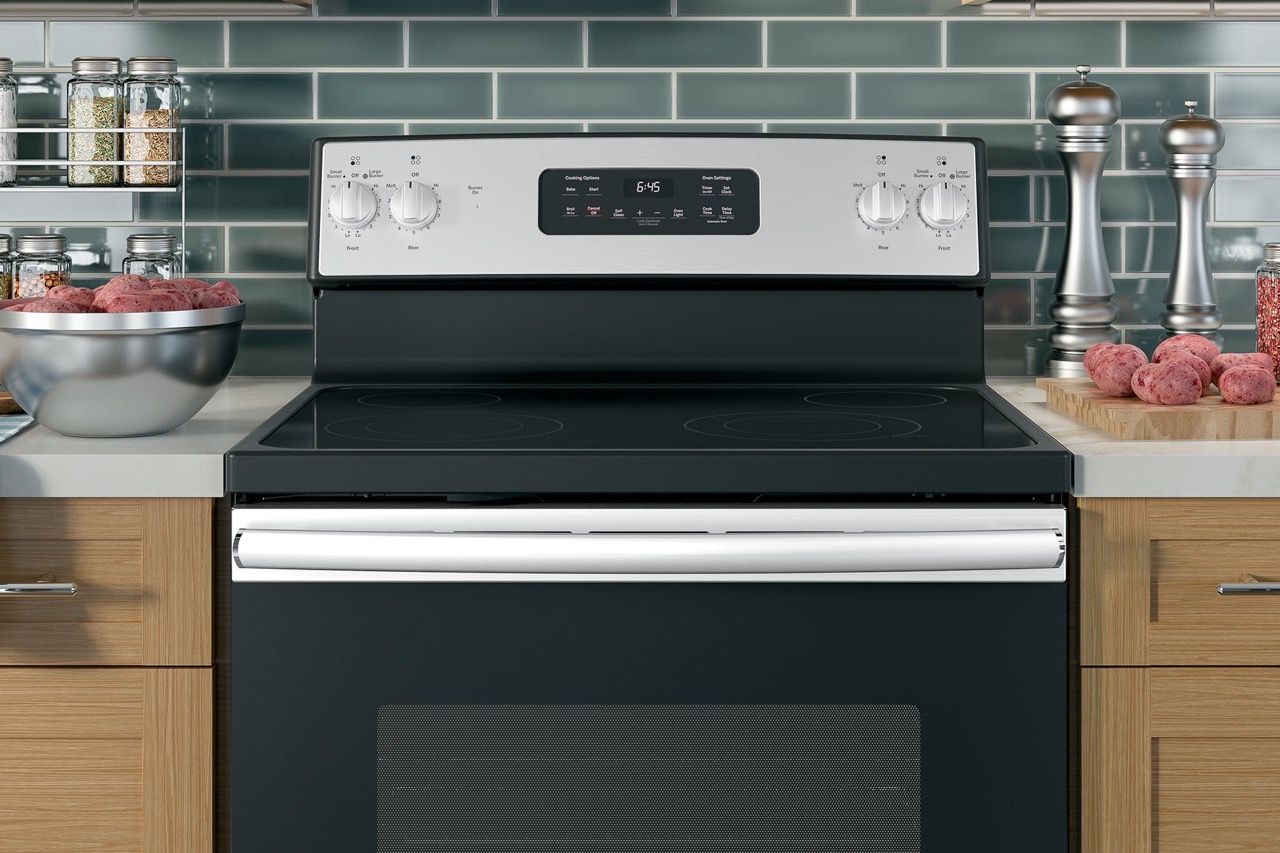
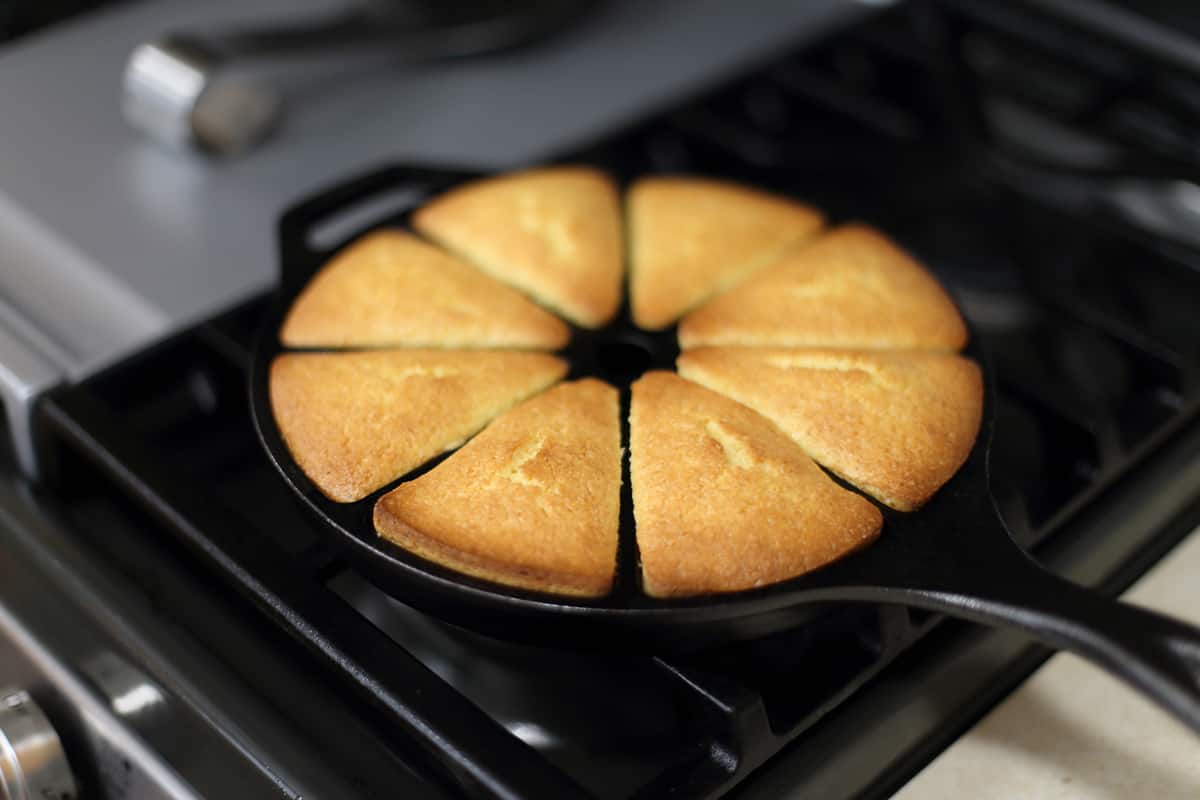
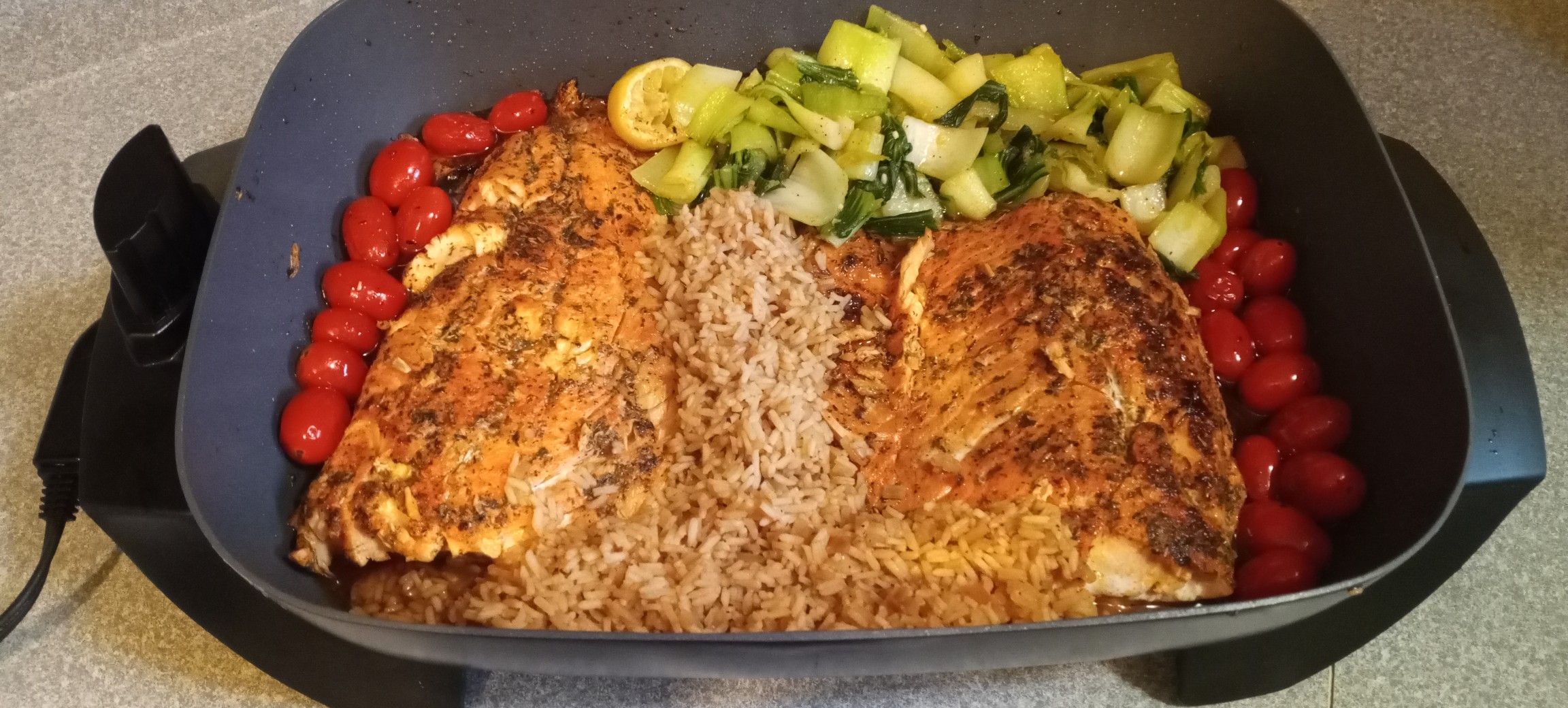
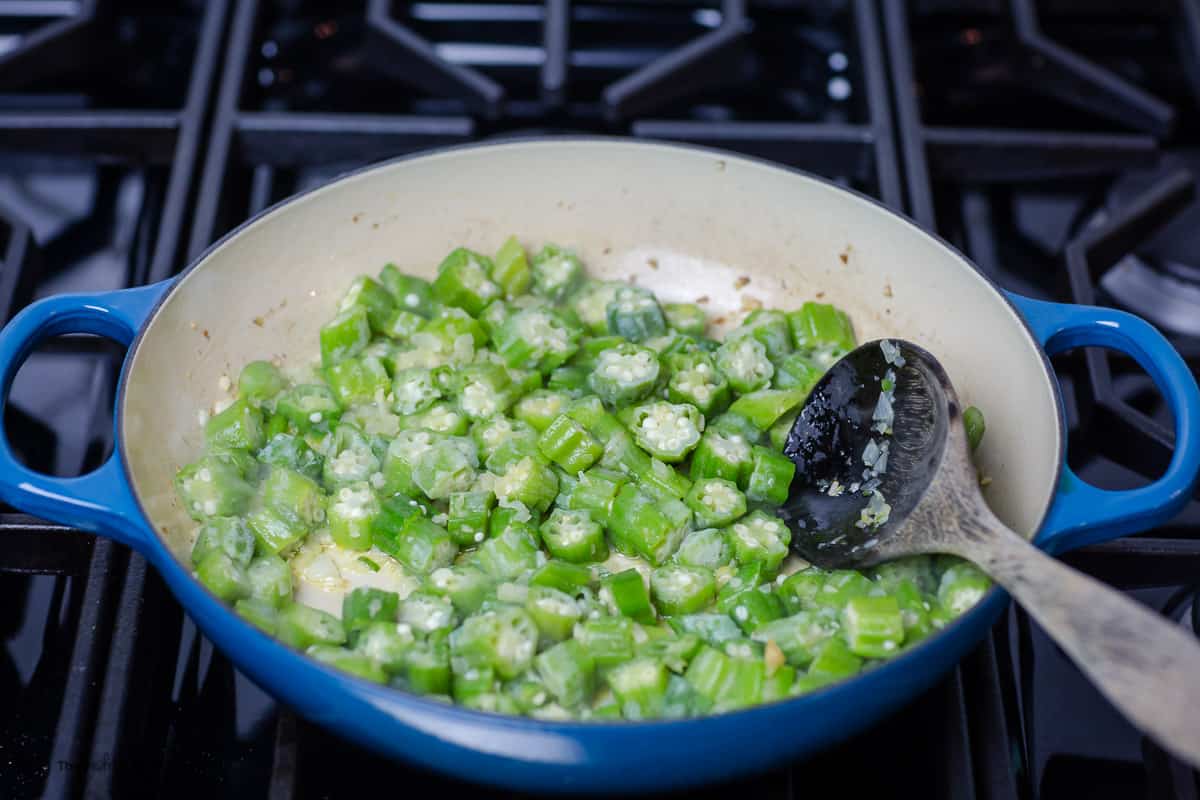
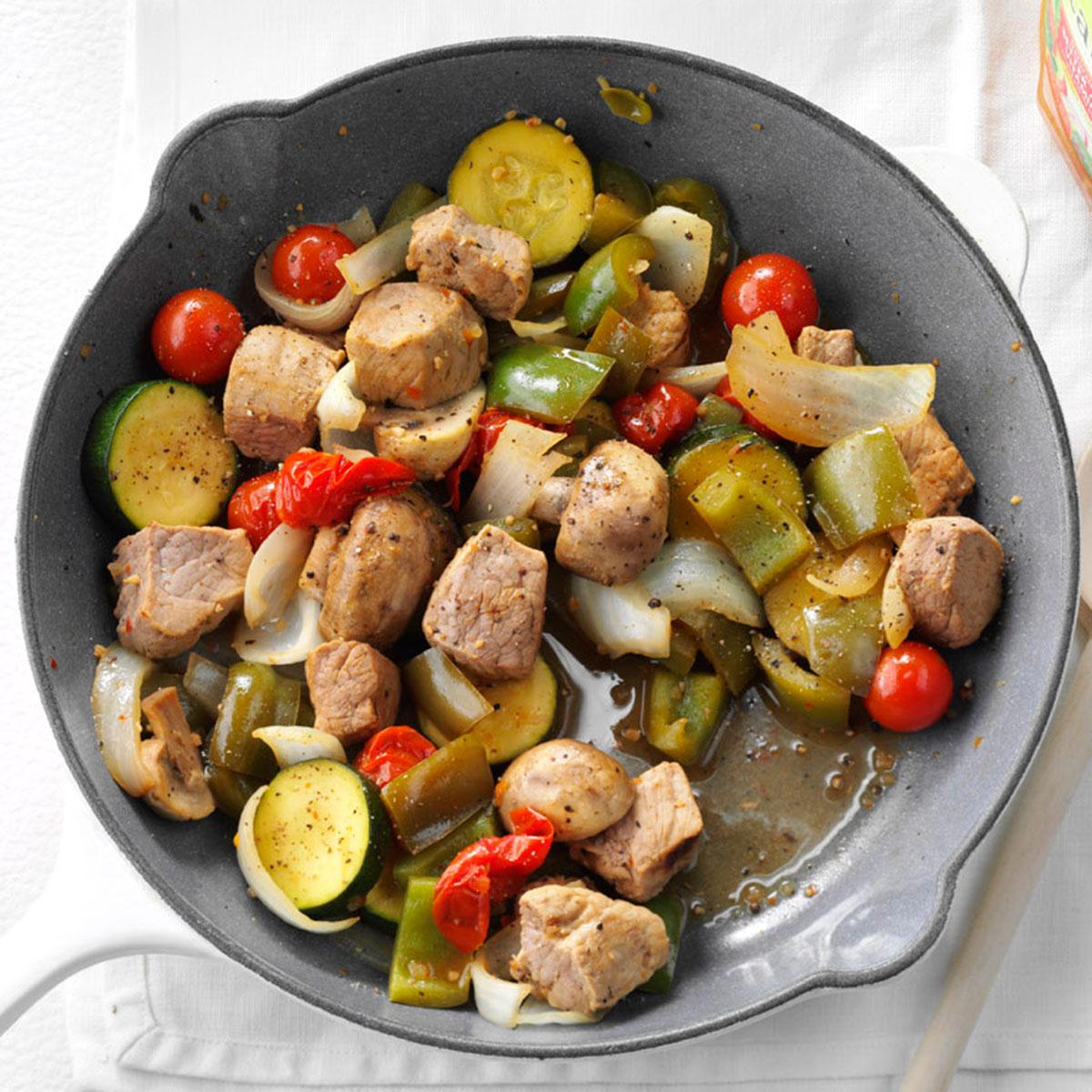
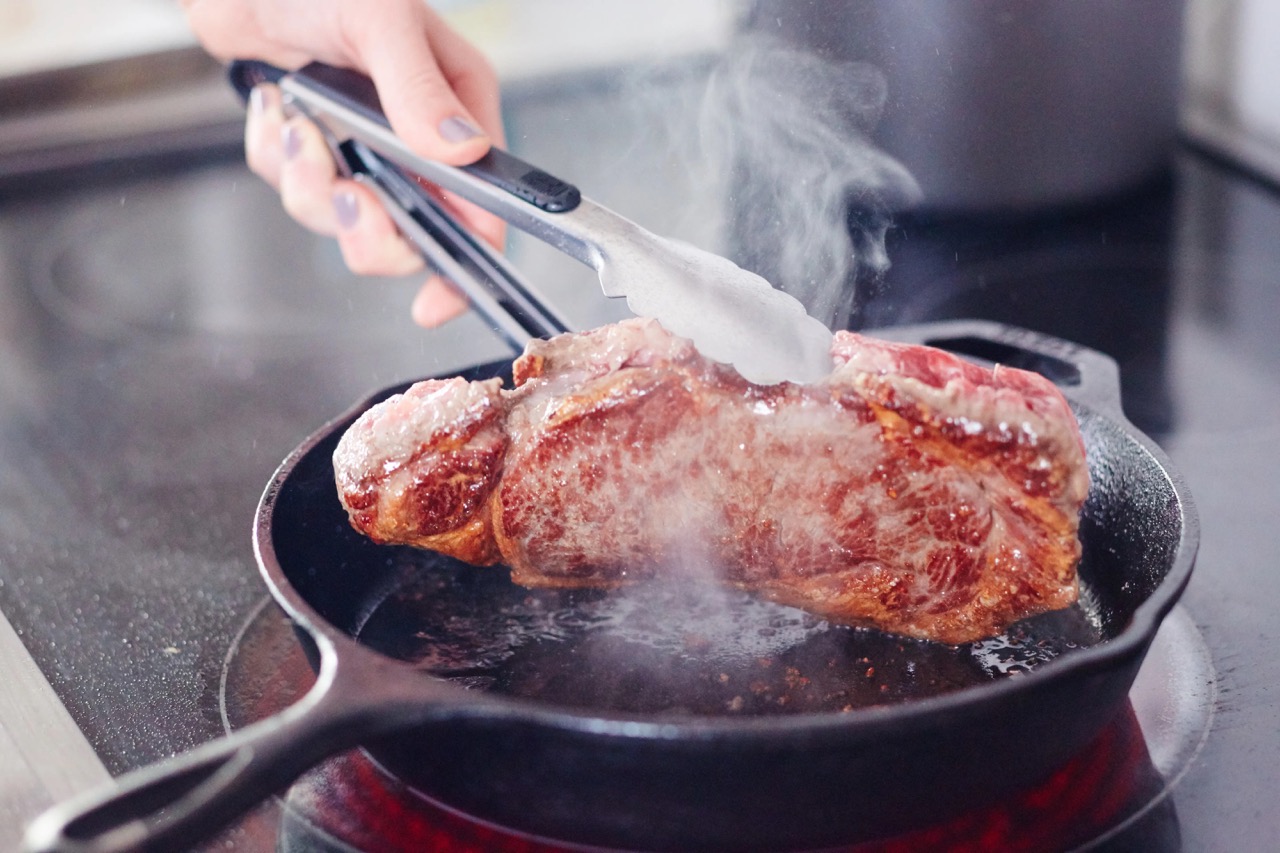
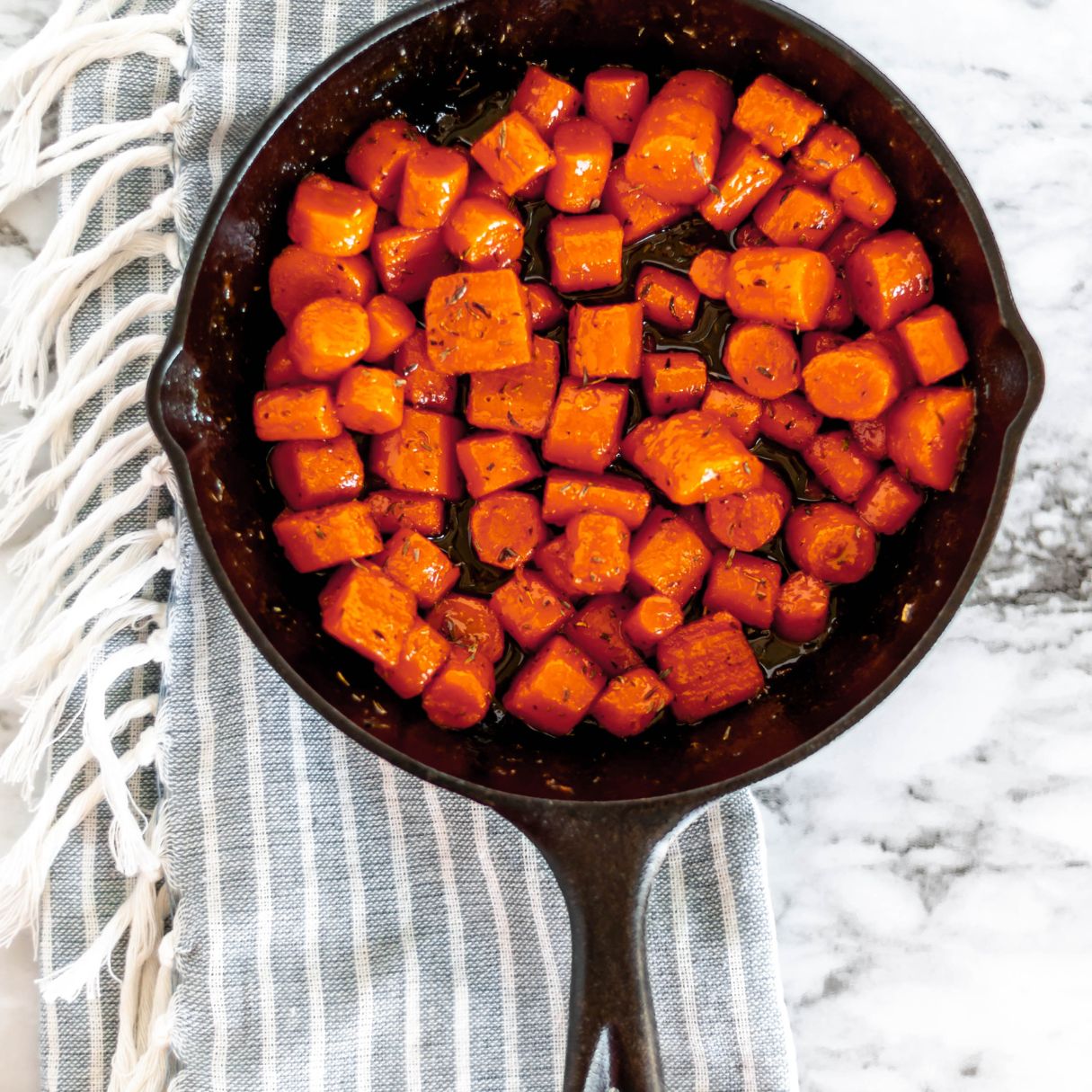
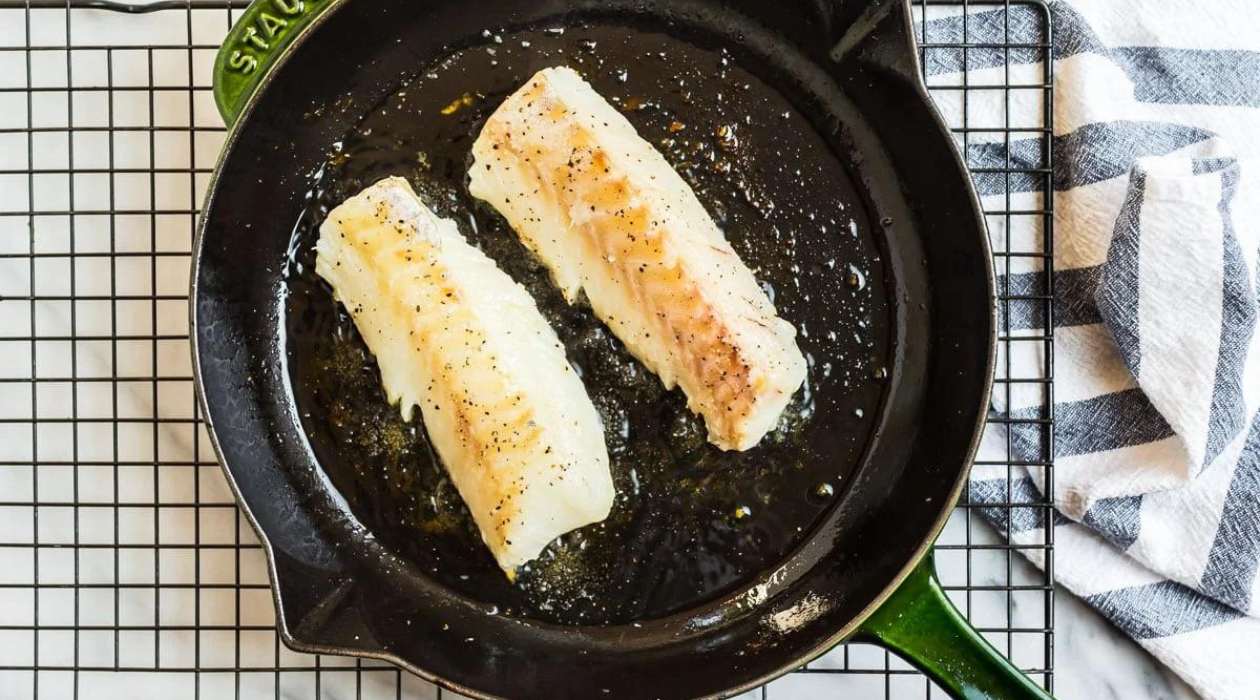
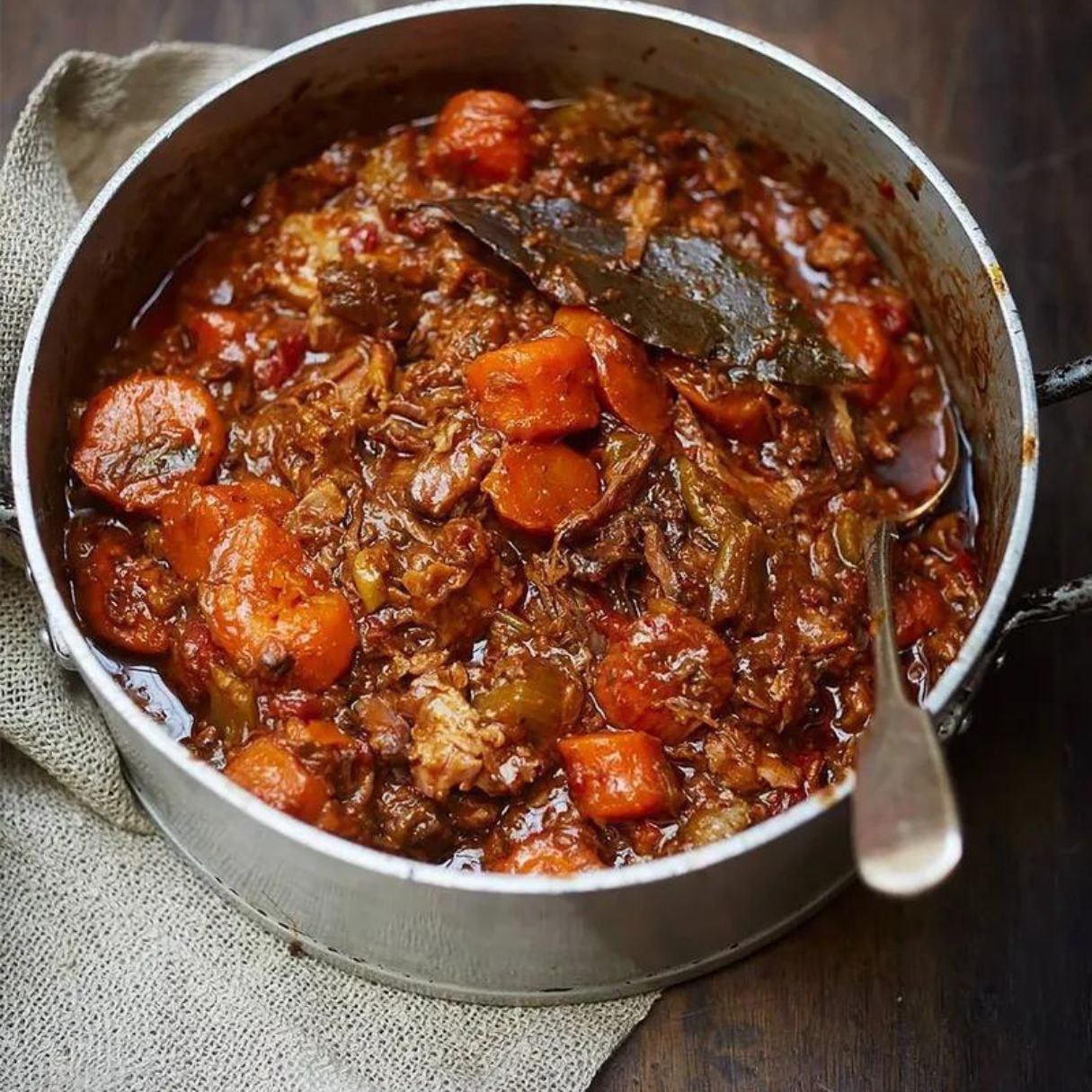
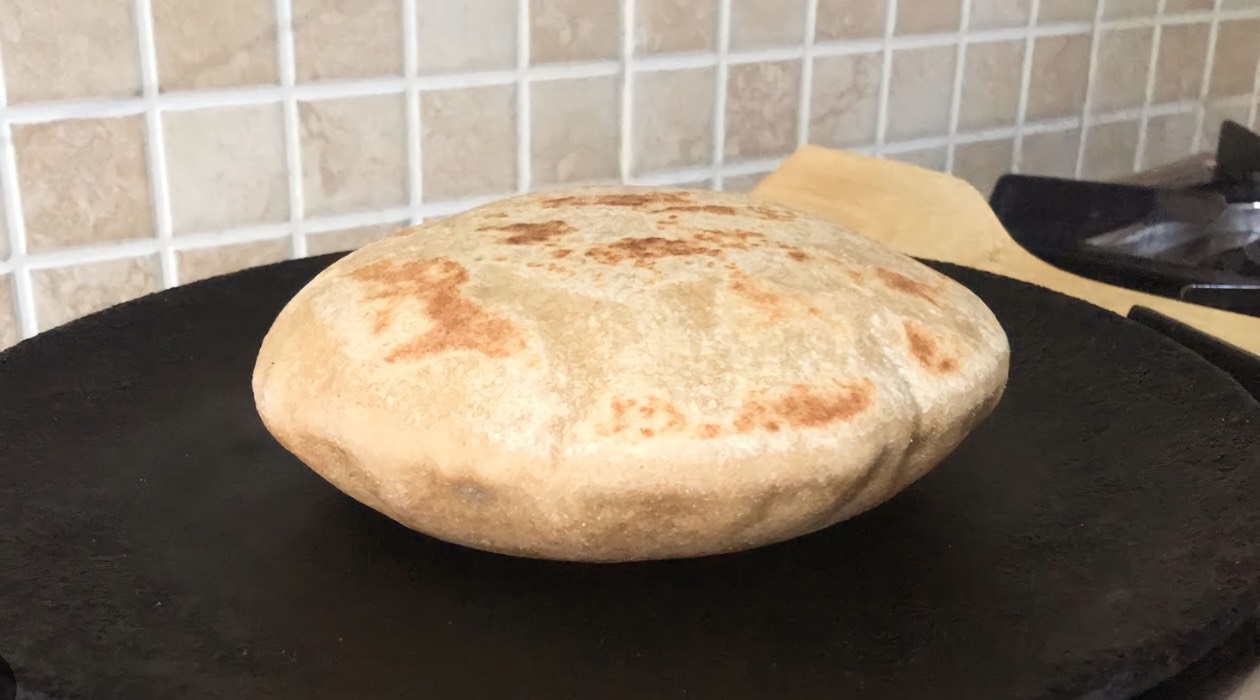
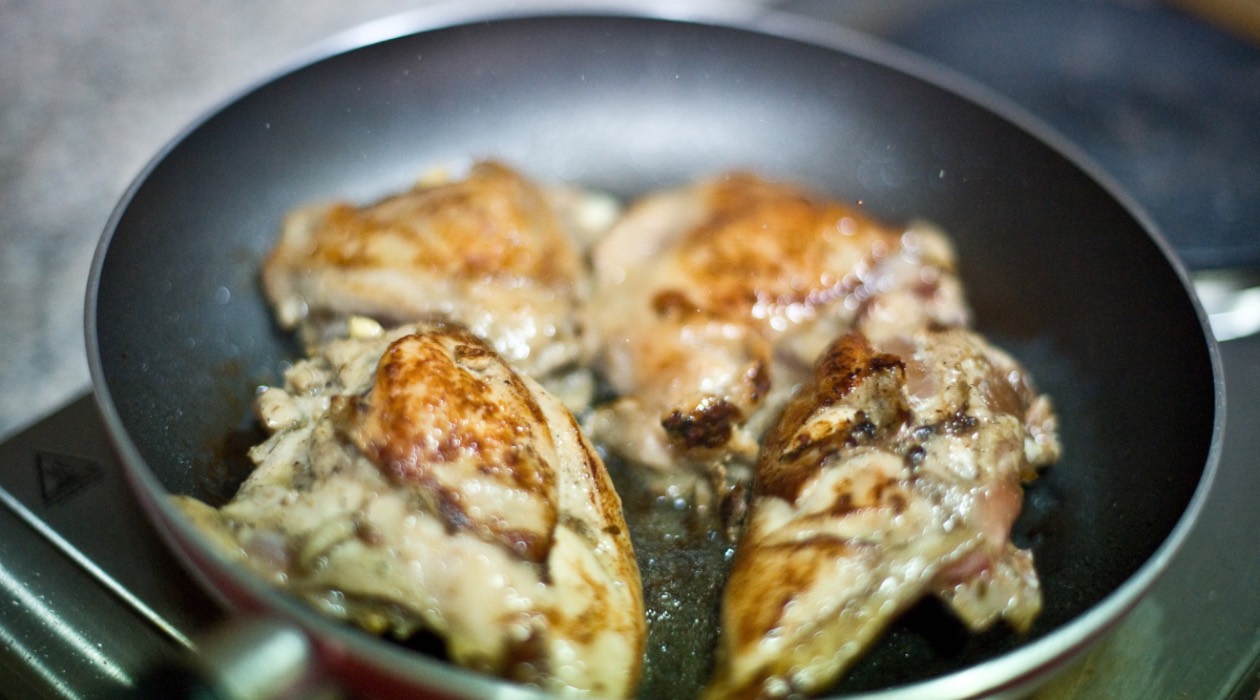
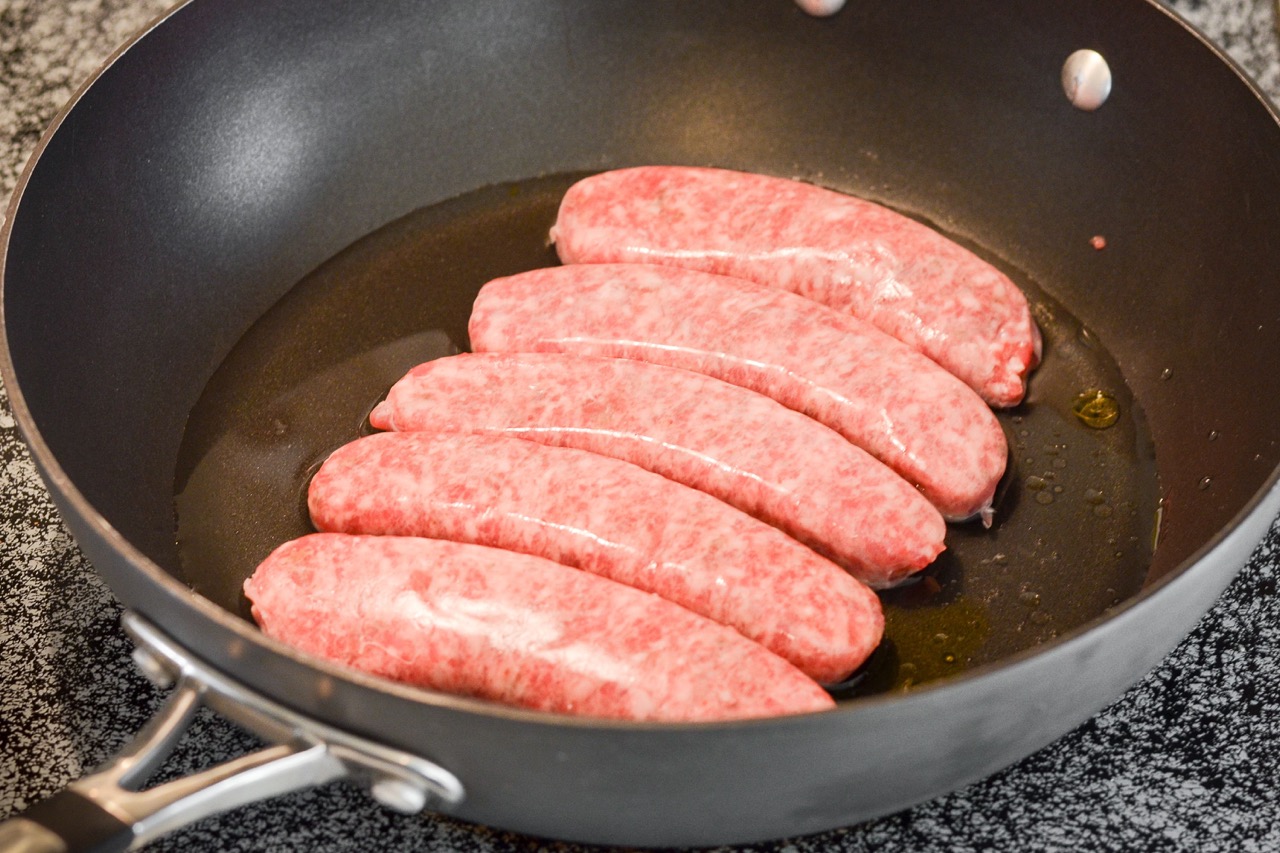

0 thoughts on “How Do You Cook Salmon On The Stove Top”